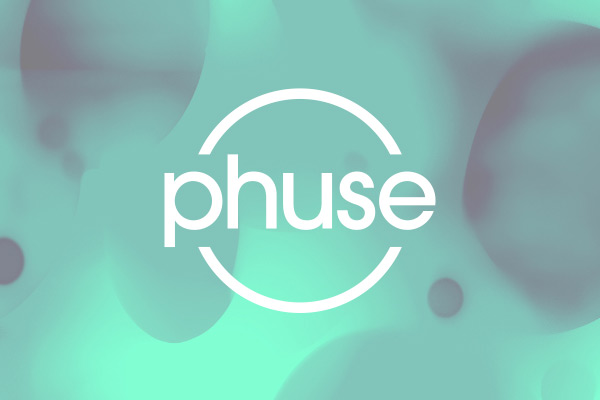2025 年 8 月 13 日

加速源数据到 SDTM 标准的映射进程
If you’re ready to accelerate your clinical trial processes and unlock the full potential of metadata-driven programming, Pinnacle 21 can help. Explore how this solution can support your team and ensure compliance with industry standards.

Senior Customer Success Manager
Gilbert joined Formedix, now part of Certara, nearly ten years ago as a technical writer. The system knowledge he gained from content development, together with his existing customer service skills, marked him out for transition to the Professional Services (PS) team.
Gilbert has worked with the PS team for over four years, providing both CDISC-based training and software training, as well as support and consultancy services to Pharmaceutical, Biotechnology and Clinical Research Organizations. He helps organizations build studies faster and to a higher quality by making their clinical trial design and regulatory submissions far more efficient.
Today, as Senior Customer Success Manager, Gilbert’s focus is to ensure customers maximize the benefits they can achieve by overcoming their challenges and achieving their goals.

Senior Product Manager, Pinnacle 21 by Certara
Amy is a Senior Product Manager at Certara, specializing in advanced solutions and metadata repositories (MDR). With over a decade of experience in CDISC standards and clinical data operations, she is passionate about creating practical, efficient solutions that empower clinical programmers.
Book a demo of Pinnacle 21






